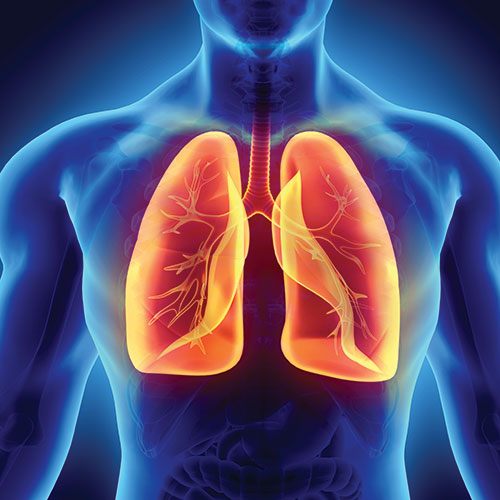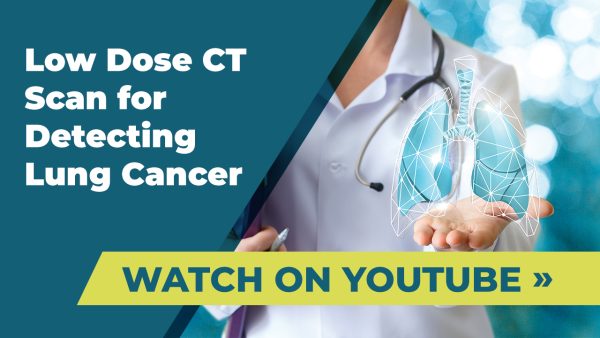If you’re a current or former smoker or have other risk factors for lung cancer, a low-dose lung CT screening (LDCT) may be right for you. Imaging Healthcare Specialists offers this screening procedure and it is fast, painless and completely non-invasive, and more effective than X-ray at detecting smaller, earlier stage cancers, sometimes before any symptoms appear.
A study on early detection of lung cancer found that the low-dose lung cancer screening test can reduce mortality for those at high risk. Screening for lung cancer may save your life.
A consultation with your doctor may be required for your lung screening to be covered by insurance. Ask your doctor if a lung screening program is right for you. If no problems are detected, your LDCT should be repeated in a year. After two years, your doctor may recommend a different frequency for LDCT screenings.
Who is eligible for LDCT lung screening?
Most private insurance and Medicare will cover low-dose CT lung screening, providing you meet the following criteria:
- You are between the ages of 50 and 80
- You have no signs or symptoms of lung cancer
- You smoked tobacco for 20-pack years or more (cigar and non-cigarette smokers are not eligible)
- You are a current smoker or quit smoking within the last 15 years
In many cases, LDCT screening is covered by insurance. Please ask your insurance company if your plan covers you. If not, IHS offers a reasonably priced $199 cash payment option.
Seeing the BIG PICTURE
Welcome to Imaging Healthcare Specialists (IHS), San Diego’s leader in outpatient radiology services. We have 10 imaging centers and outpatient procedure centers serving the communities of San Diego from Oceanside to Chula Vista.
Our Contact Center can be reached at (858) 658-6500 is open to schedule appointments Monday through Friday from 7 AM to 6 PM, and Saturdays from 8 AM to 4:30 PM.
Over the past three decades, Imaging Healthcare Specialists has earned an outstanding reputation for the most advanced imaging technology, highly specialized expertise and exceptional customer service for physicians and patients in the San Diego area. But that’s only scratching the surface. What we offer is something rare among diagnostic imaging providers, and it’s something we call the Big Picture.


